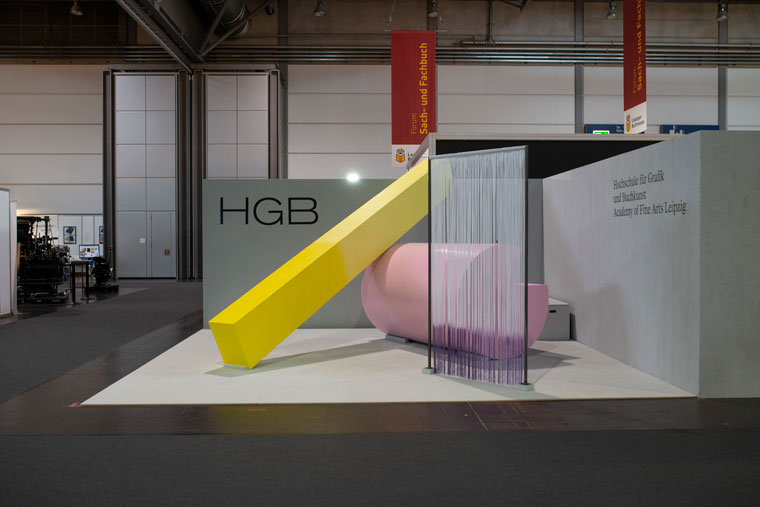2019
Palindromes, or the imaginary border.
Exhibition 20.12.2019-19.1.2019

Based on an idea by Serena Giordano, conceived and coordinated by Serena Giordano and Alba D’Urbano (HGB-Leipzig). Project assistant – Angelica Waniek. (HGB-Leipzig). Exhibition curated by Alba D’Urbano (HGB-Leipzig) Rosa Persico and Emilia Valenza (ABA Palermo)
In 2018 “Palindromes. Or the imaginary border”, which had begun with an invitation by the artist and teacher Serena Giordano to some of her colleagues, gave rise to an exchange project between Palermo and Leipzig to focus attention on the invisible boundaries that define the image of the “other” and of the “foreigner”, in “imagined collectivities” such as states and nations.
The consequences of the existence of borders are tragically evident for those persons to whom the right to movement and citizenship are denied. But what are the effects of this line of demarcation on those who, instead, live within the borders and can move freely? The two perceptions are closely connected: for migrants, borders are extremely concrete, while for those who enjoy basic rights, they are a set of conditions that could be summarized as “imaginary borders”. In addition to hindering people who do not have the right to enter a country, the border affects and limits even those who can physically cross it. The less visible the border is, the more concrete it is to those to whom access is denied.
Ever since its conception the project was intended to close the gap between two countries, Italy and Germany, in which the Fine Arts Academies of Leipzig and Palermo are located, and to try to establish closer relationships on the basis of the sharing of experiences and creativity.
Starting from the idea of conducting research within one’s own “imaginary” border or boundary, or within the internalized stereotypical image that “pre-figures” the “other” culture – in this case in a specular “Palindromic” game between Italian and German culture – after two semesters of work on the project, the students came to realize a series of inter-media and multi-media works that dealt with a range of themes correlated to the initial discourse, broadening them to include those current issues that they considered to be most relevant and pressing. Many of these works address the theme of the imaginary “media” border, while others pose the question of identity and nationality, and others examine the routes and pathways taken by refugees and migrants. Several videos that refer to issues of global poverty (which is often a cause of migration) are flanked by sculptures representing the struggle for the control of resources, the various forms of racism that currently prevail, and the physical perimeters that can be modified, in addition to installations regarding the environmental disasters that are often an inevitable consequence of all this. As a whole, the exhibition offers a panorama that is full of interferences and references, a network of connections and associations, which from a look at the private dimension expands to present us with a broader image of the social and political dimension that is however fragmentary, discontinuous and almost dystopic.
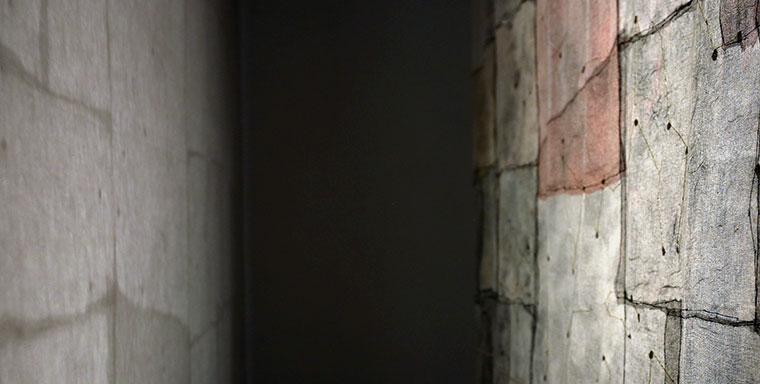
Alessandra Donnarumma: Parallel Worlds-Search-Observe¹
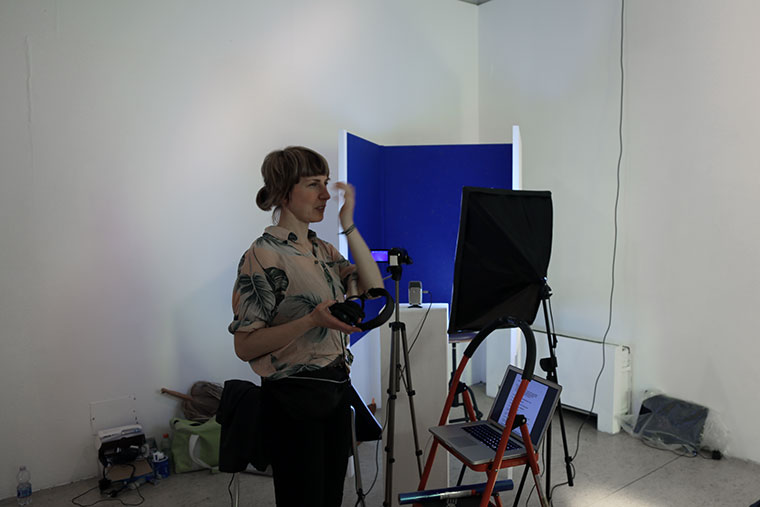
Tina Mamczur doing interviews¹
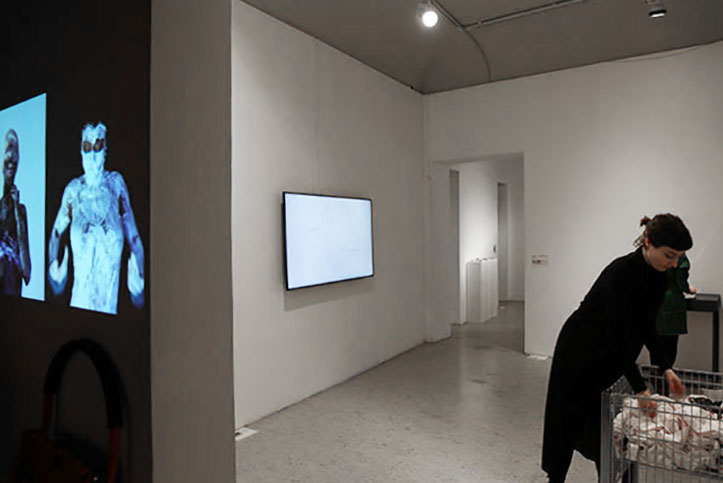
Left: Martina Campanella: Nessun bianco o nero è trasparente
Right: Annika Stoll is working on details¹
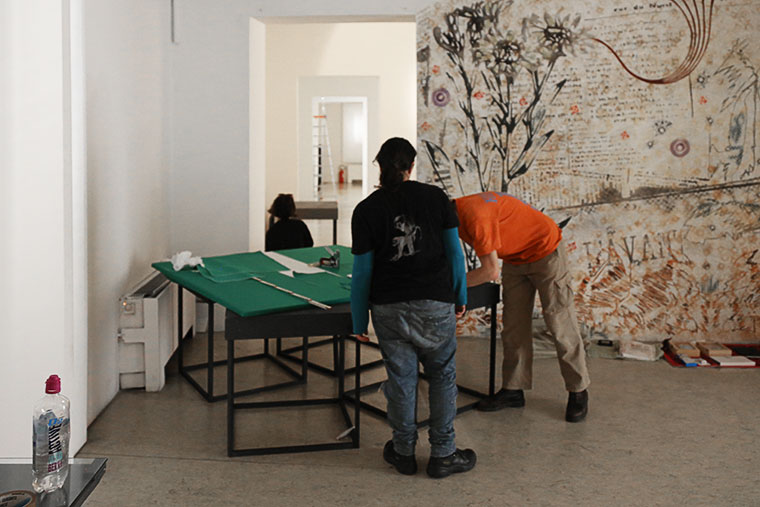
Bernhard Bormann and Francesca Raimondo at work¹

Make it shine, make it shine, make it shine¹
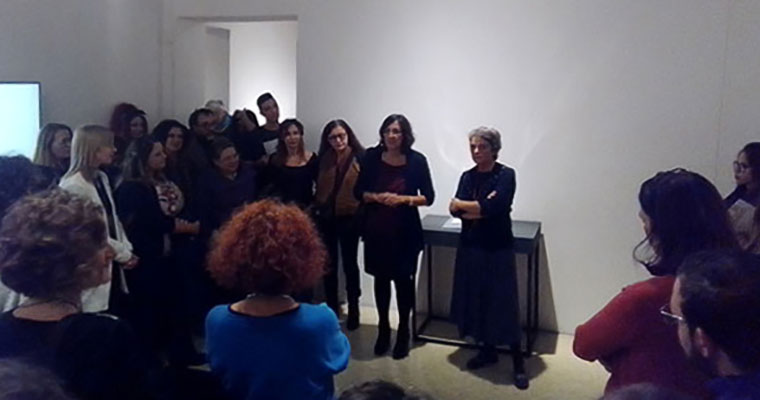
The opening with Rosa Persico, Alba D’Urbano, Emilia Valenza and Serena Giordano¹
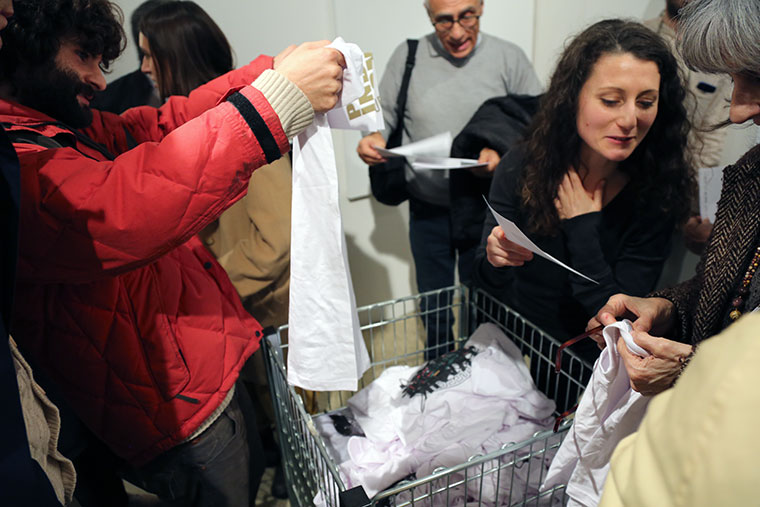
Annika Stoll: Wühltisch¹
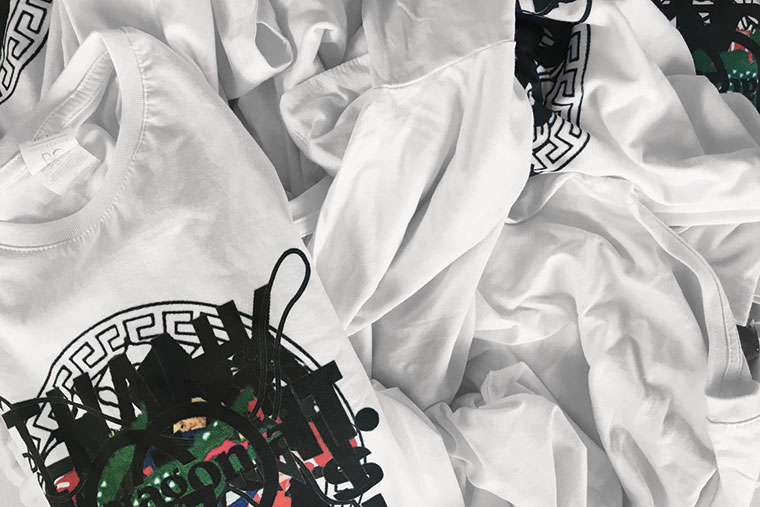
Annika Stoll: Wühltisch¹

Left: Fumi Kato: They Say I am
Right: Francesca Raimondo / Bernhard Bormann: Inside the Outside: Willkommen a casa
Bottom: Annika Stoll: Wühltisch²
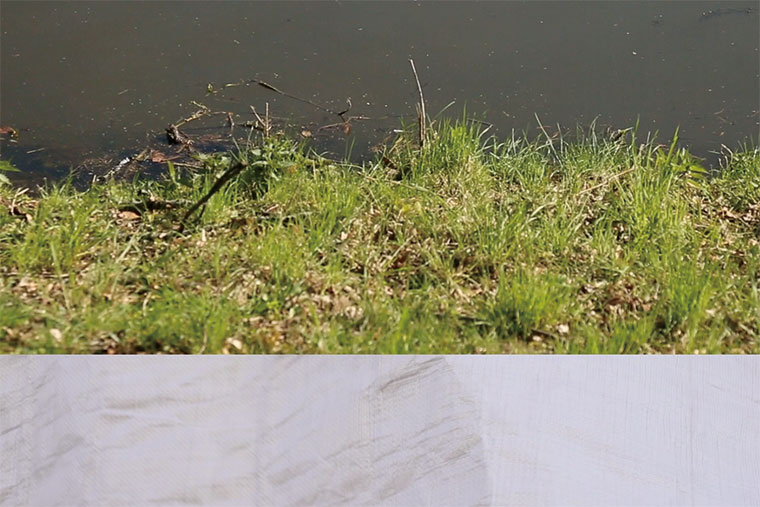
Fumi Kato: They Say I am¹
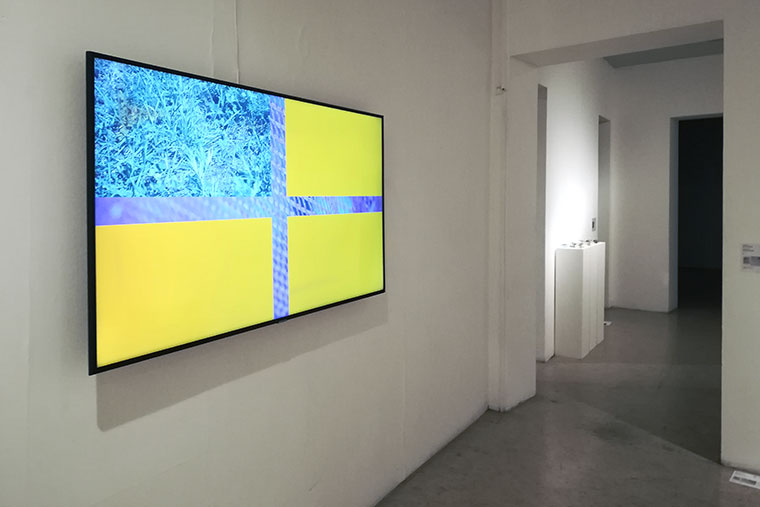
Fumi Kato: They Say I am¹
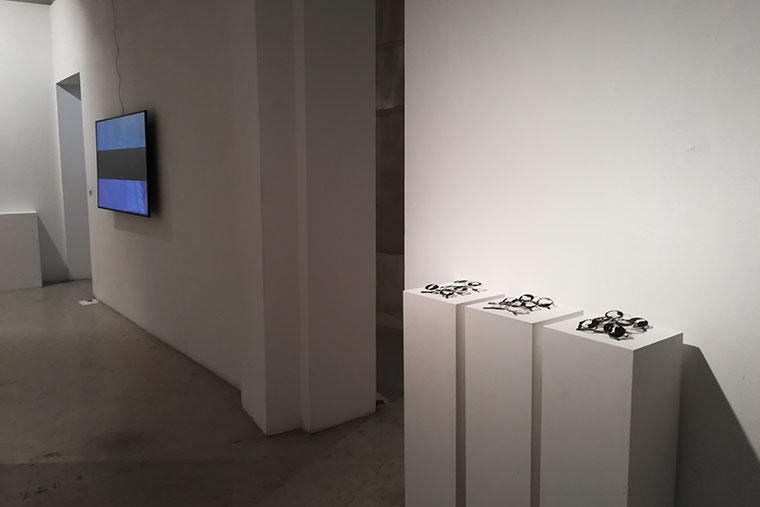
Left: Fumi Kato: They Say I am
Right: Francesca Raimondo: You can change your point of view²
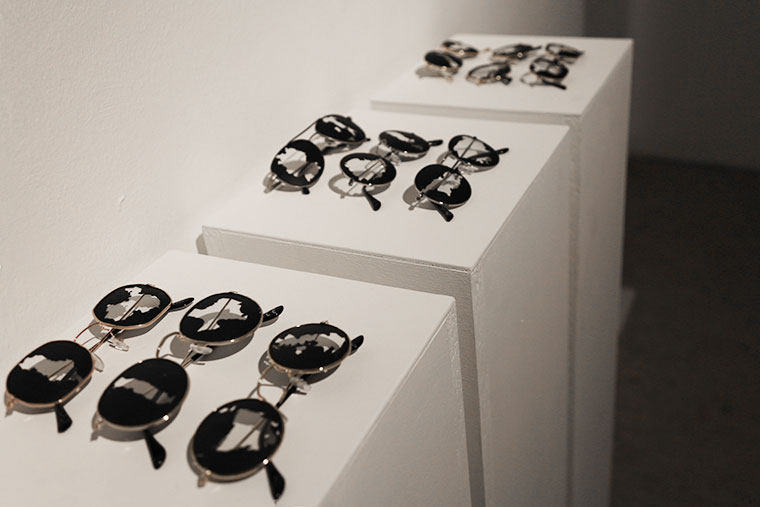
Francesca Raimondo: You can change your point of view¹

Left: Celeste Asaro: Fughe identitarie
Right: Theresa Zwerschke: Notes on Invisibility or The Potential of Hiding²
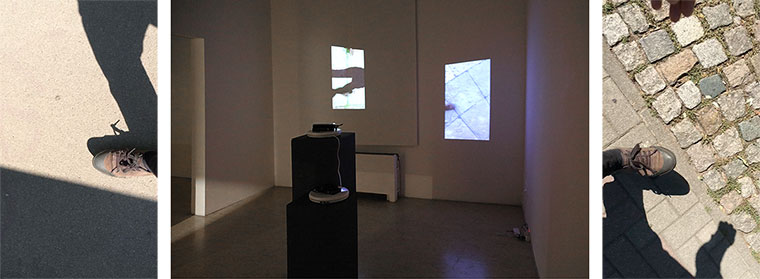
Fumi Kato: We Say They Come¹³
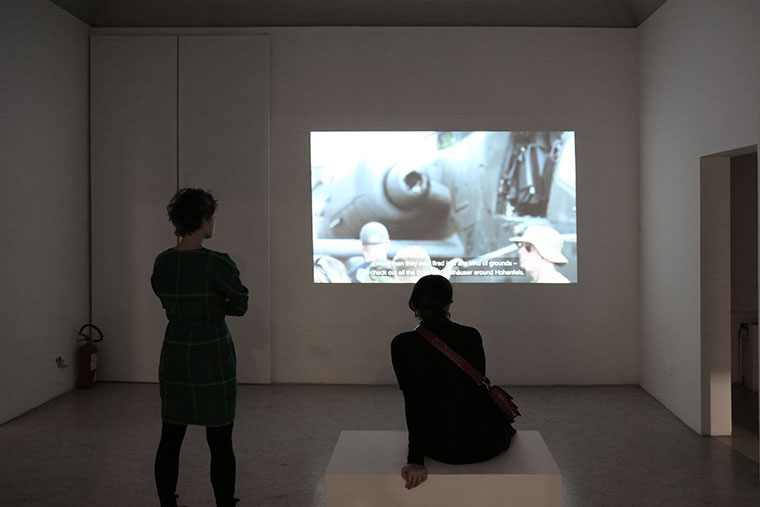
Jonathan McNaughton: Apachen über Ansbach¹
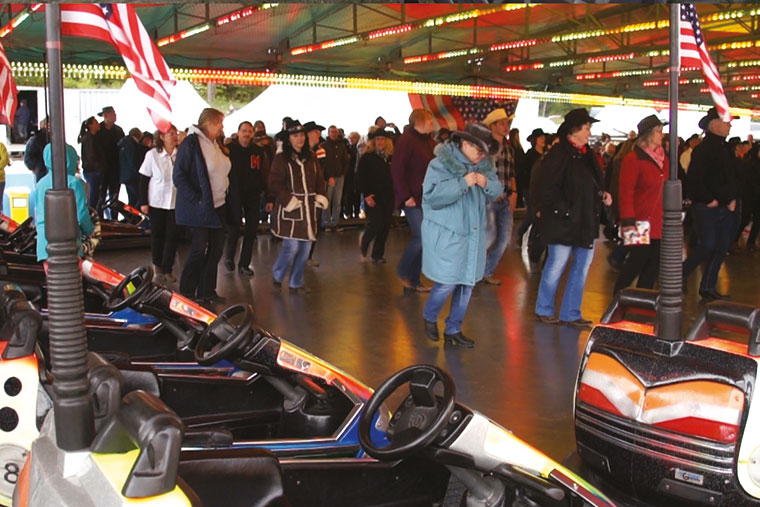
Jonathan McNaughton: Apachen über Ansbach³
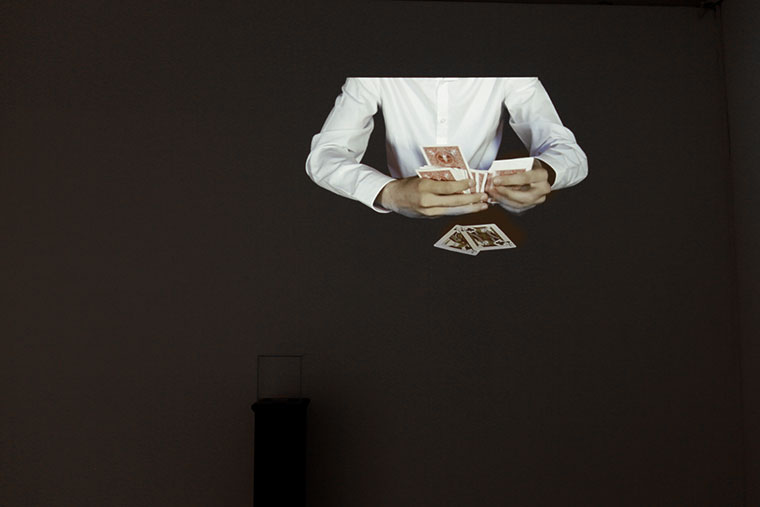
Tiziana Napoli / Fabrizio Scaglione: What’s your game?¹
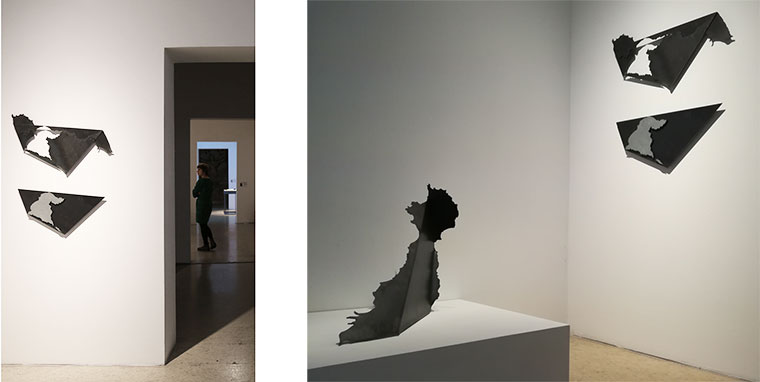
Mario Valenti: Pieghe¹²
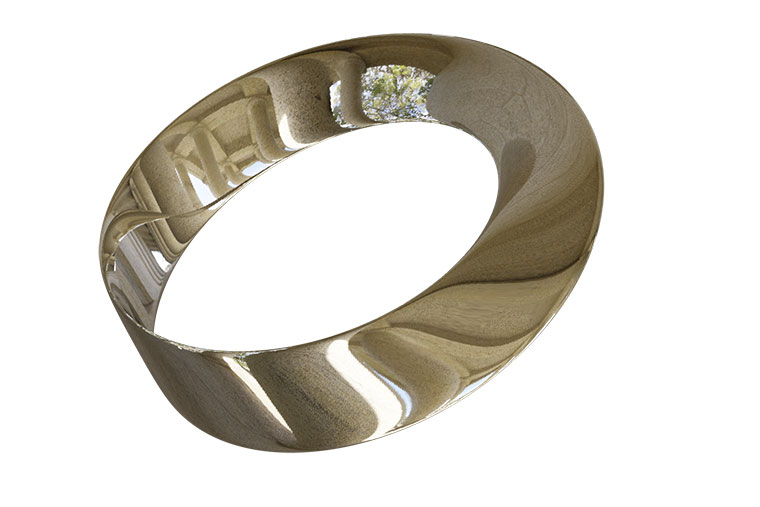
Laura Hampe: How To Get Rid Of The Uncanny³
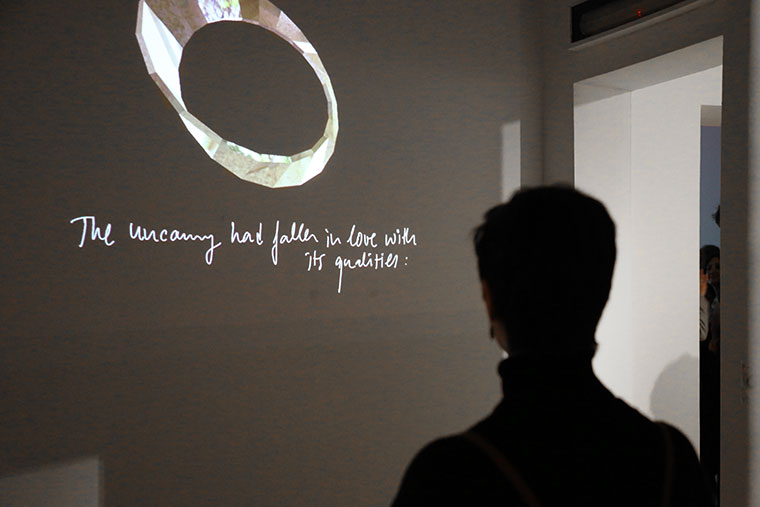
Laura Hampe: How To Get Rid Of The Uncanny¹
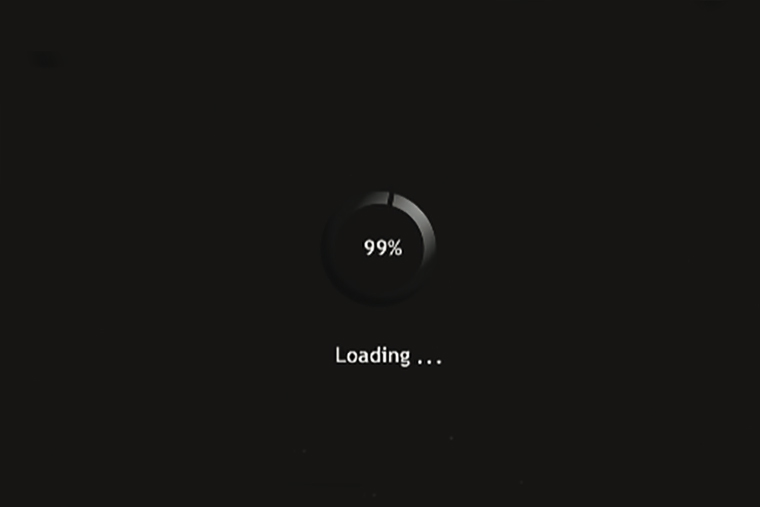
Emanuela Albiolo: Consuetude³
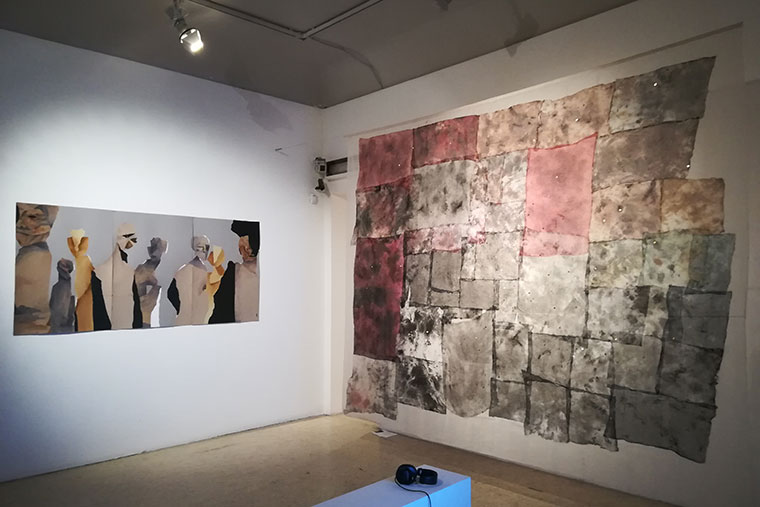
Left: Federica Culotta: The wall
Right: Alessandra Donnarumma: Parallel Worlds-Search-Observe²
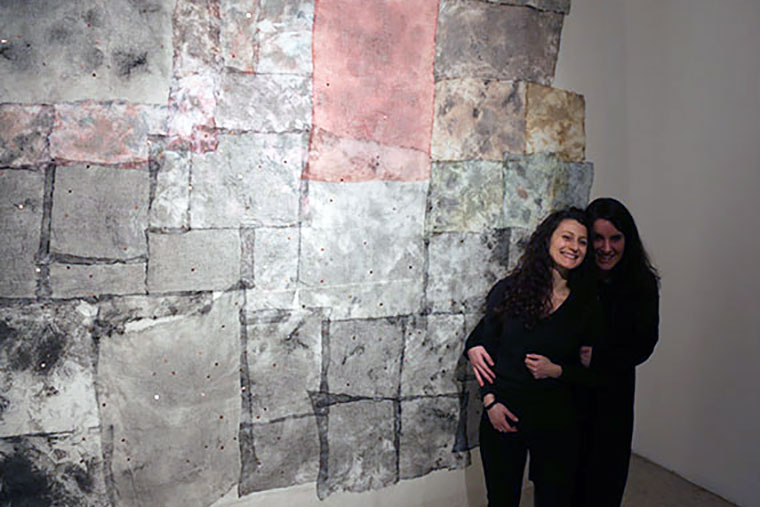
Alessandra Donnarumma: Parallel Worlds-Search-Observe¹
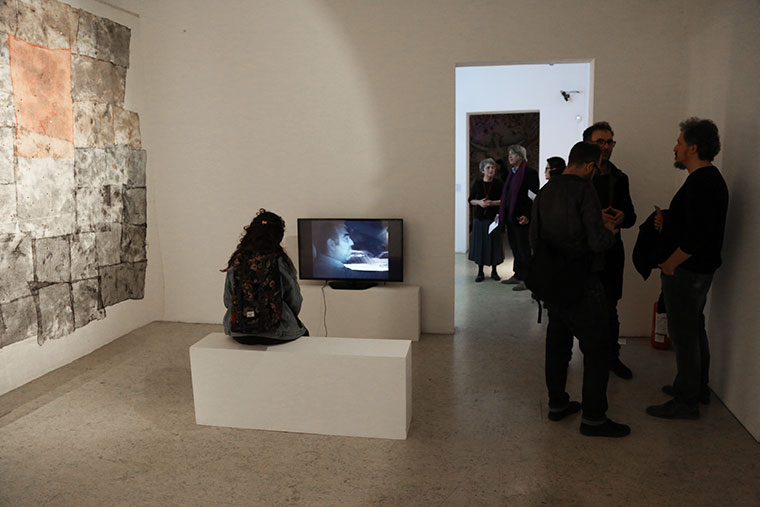
Niloufar Nematollahi: Untitled¹

Niloufar Nematollahi: Untitled³
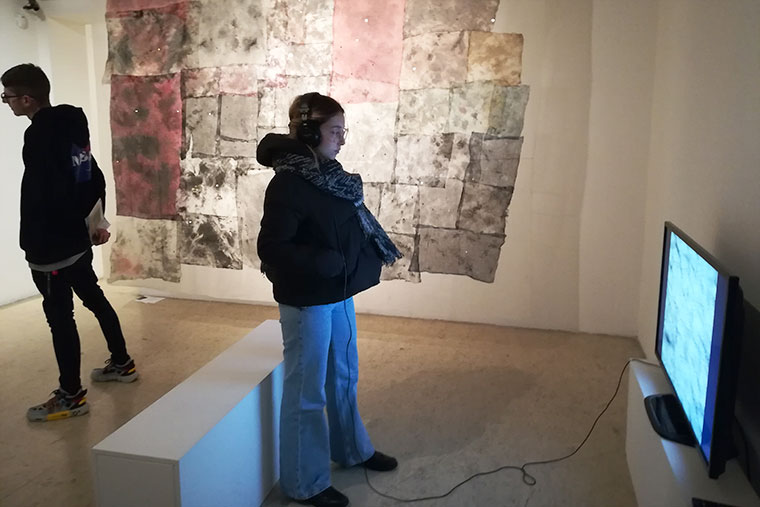
A visitor²
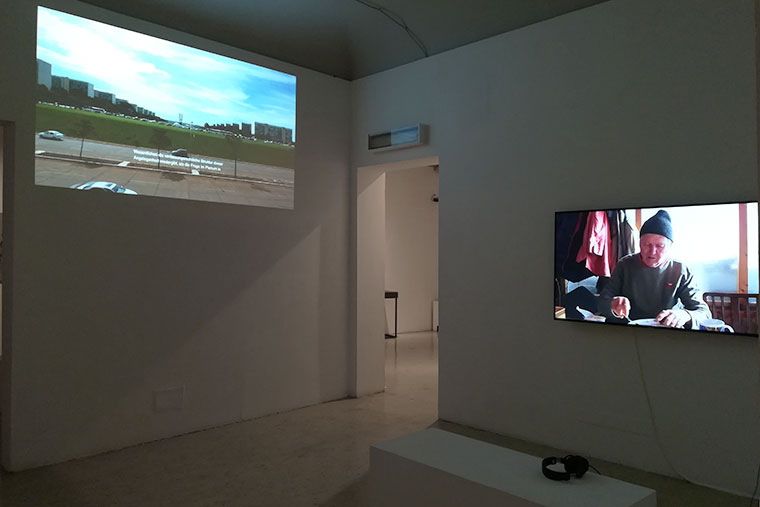
Left: Fell: ATorreDaDerroTA
Right: Yoonjung Lee: Untitled²
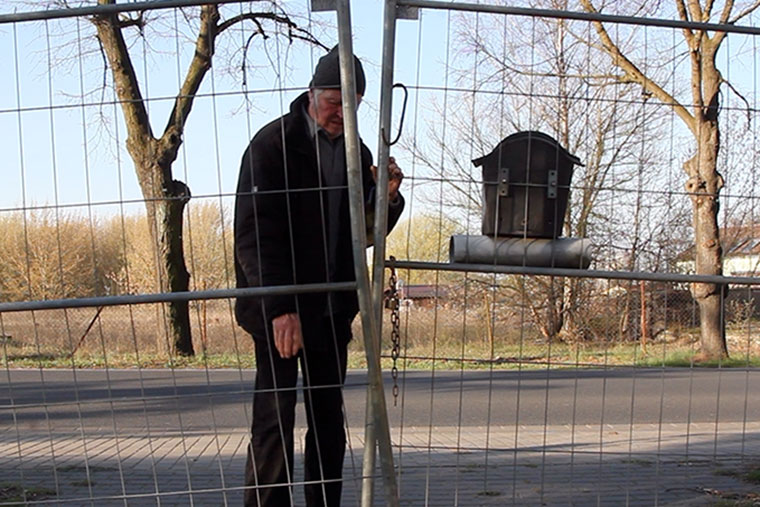
Yoonjung Lee: Untitled³
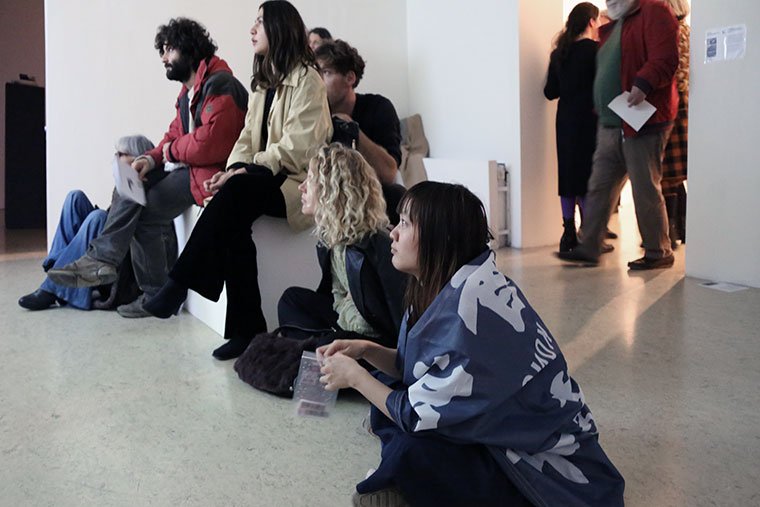
Let’s watch a movie!¹
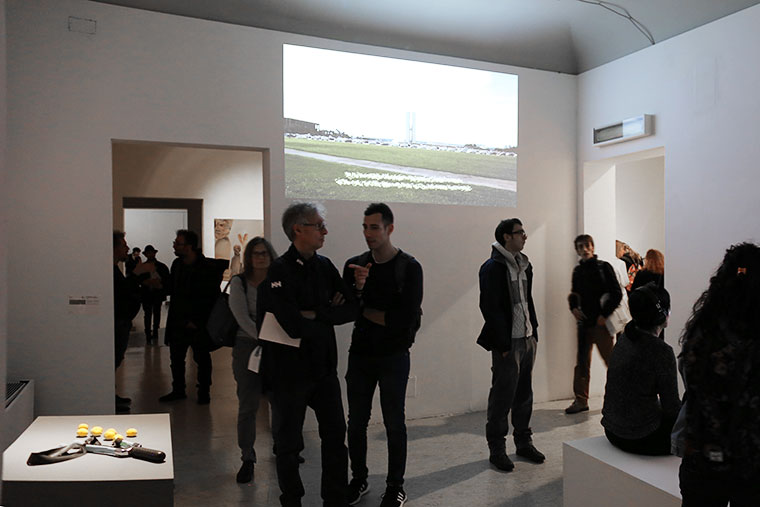
Top: Fell: ATorreDaDerroTA
Left: Veronica Garcia: MALAYERBA MKRT ZG1¹
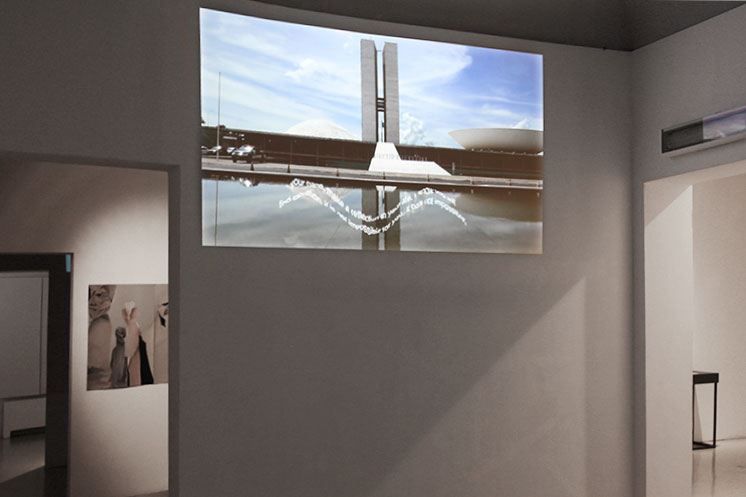
Fell: ATorreDaDerroTA¹
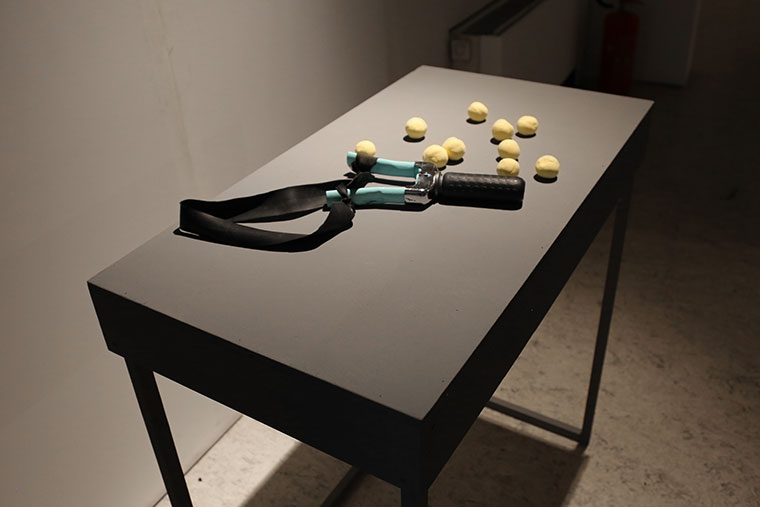
Veronica Garcia: MALAYERBA MKRT ZG1¹

Clara Freund: Migramoney²
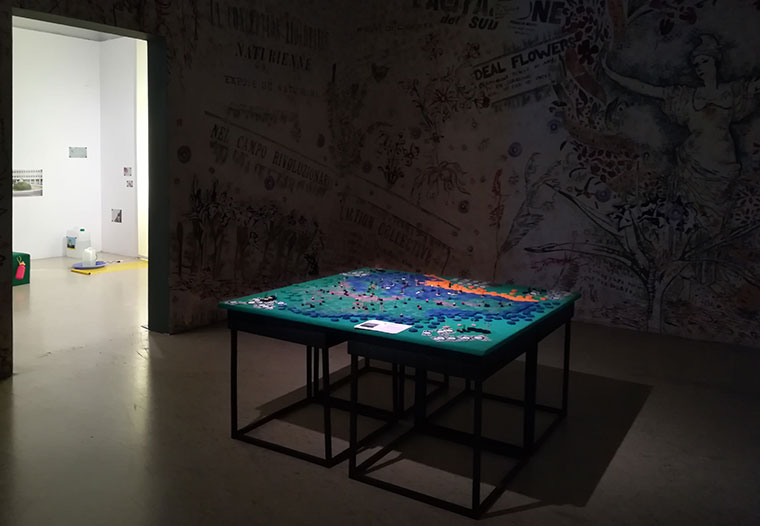
Clara Freund: Migramoney²
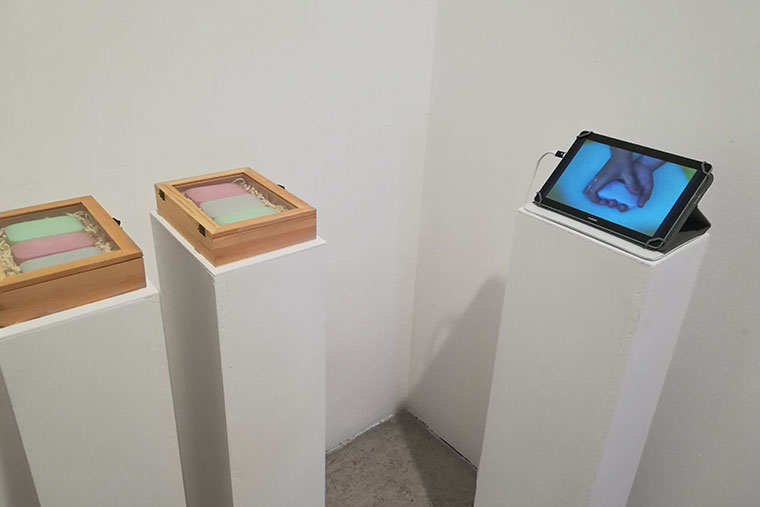
Francesca Raimondo: Sapone indelebile²
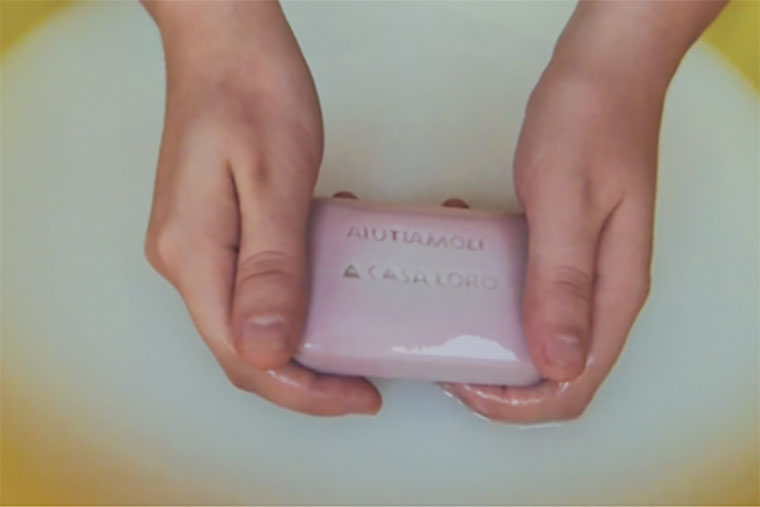
Francesca Raimondo: Sapone indelebile³
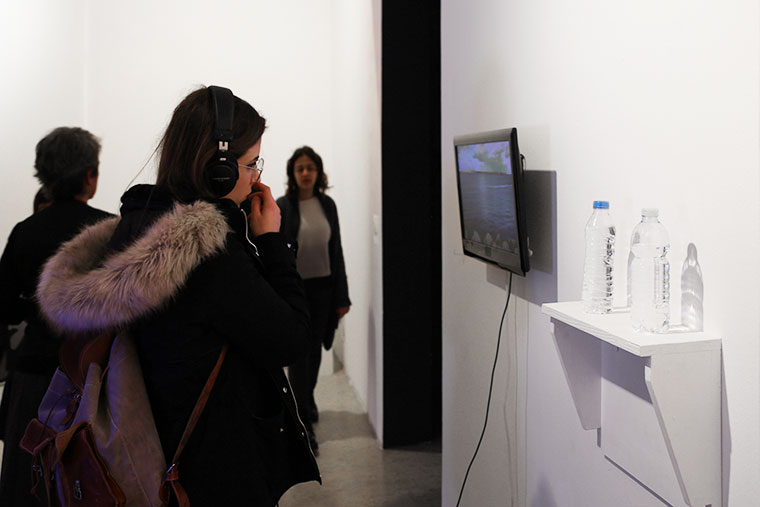
Vivian Law Ho Man: Mare nostrum¹
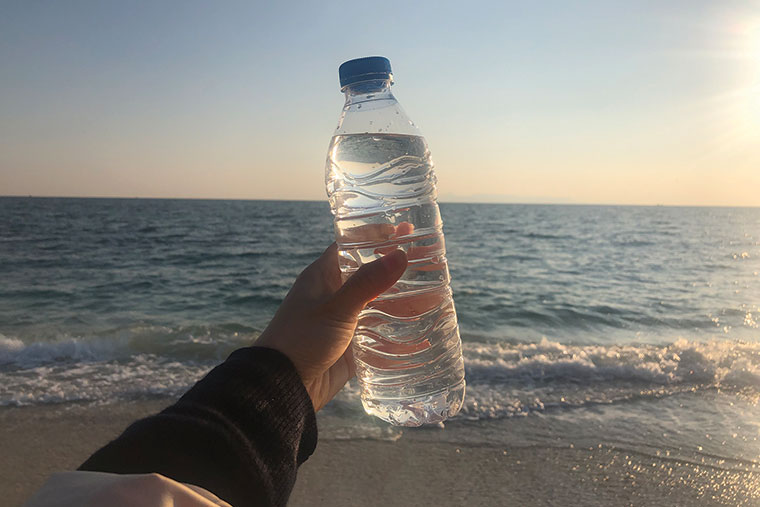
Vivian Law Ho Man: Mare nostrum³
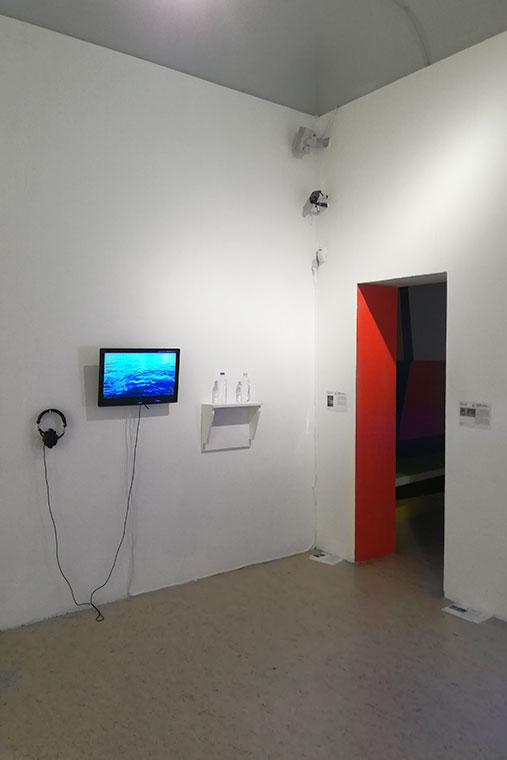
Vivian Law Ho Man: Mare nostrum²
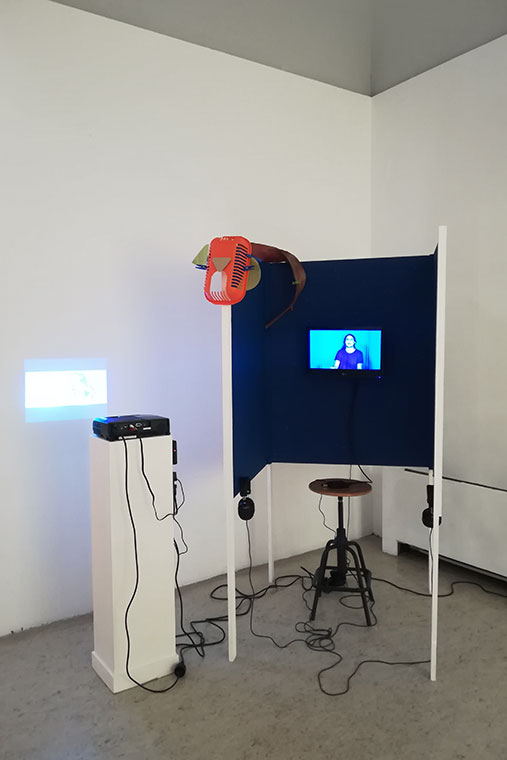
Tina Mamczur: Audiences Of The World Taske Over – Part I²
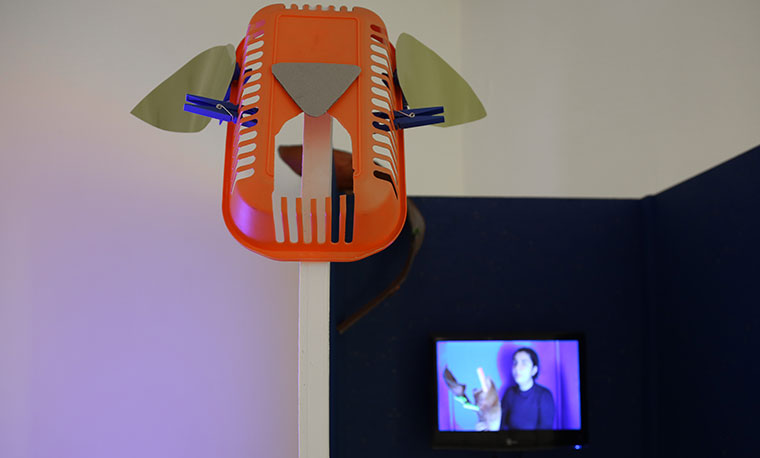
Tina Mamczur: Audiences Of The World Taske Over – Part I¹
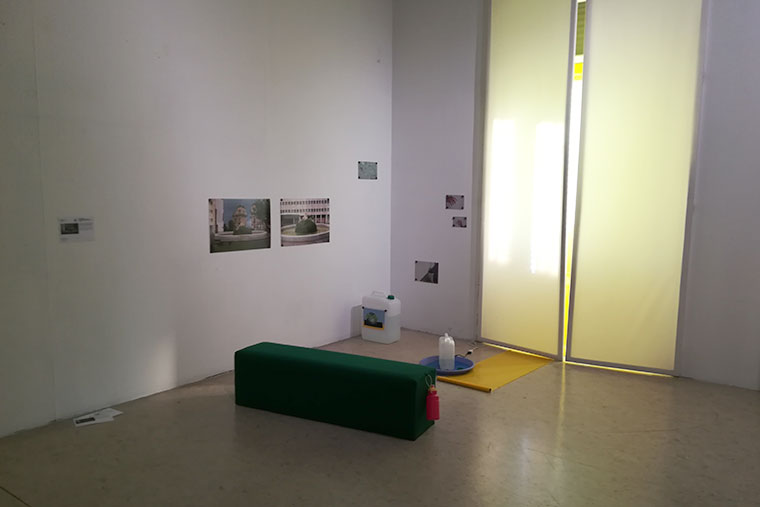
Steph Joyce: An Elastic Situation²

Steph Joyce: An Elastic Situation¹
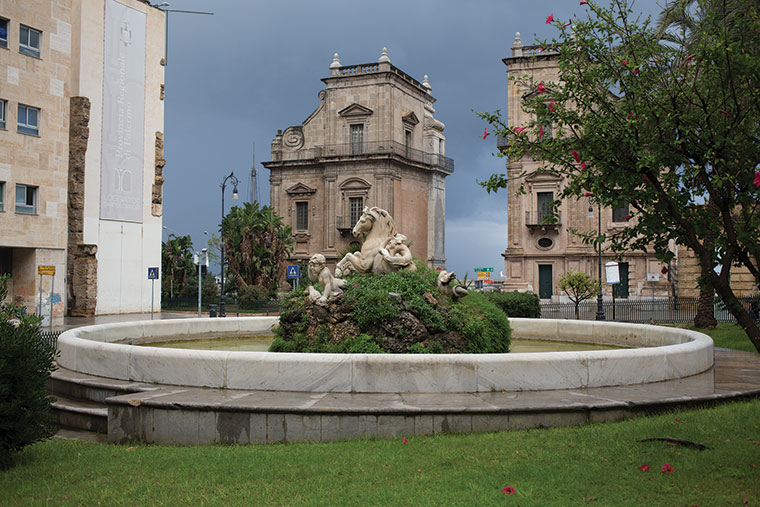
Steph Joyce: An Elastic Situation³
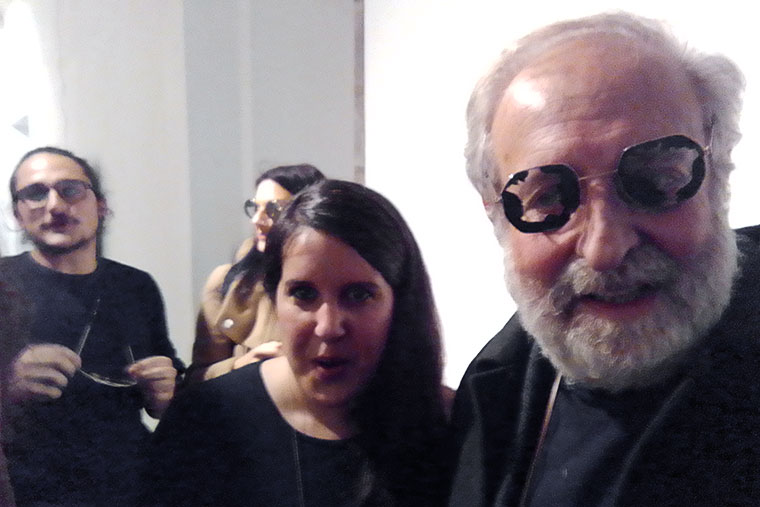
Visitor with one of Francesca Raimondos glasses⁴
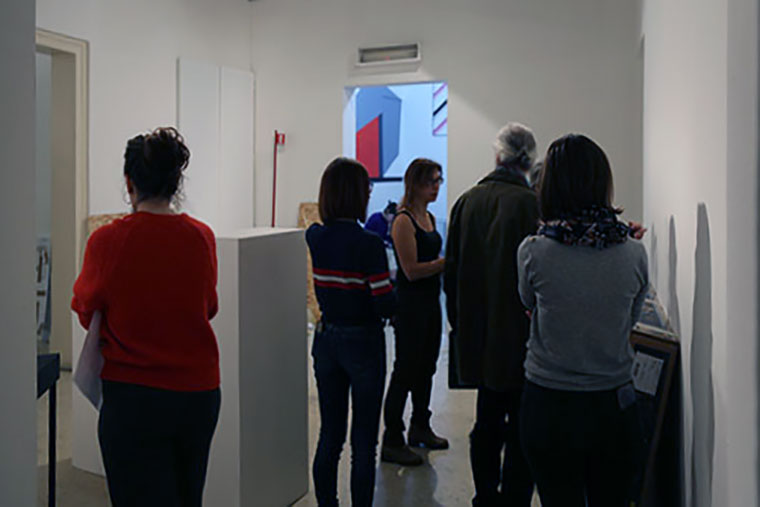
Rosa Persico and people¹
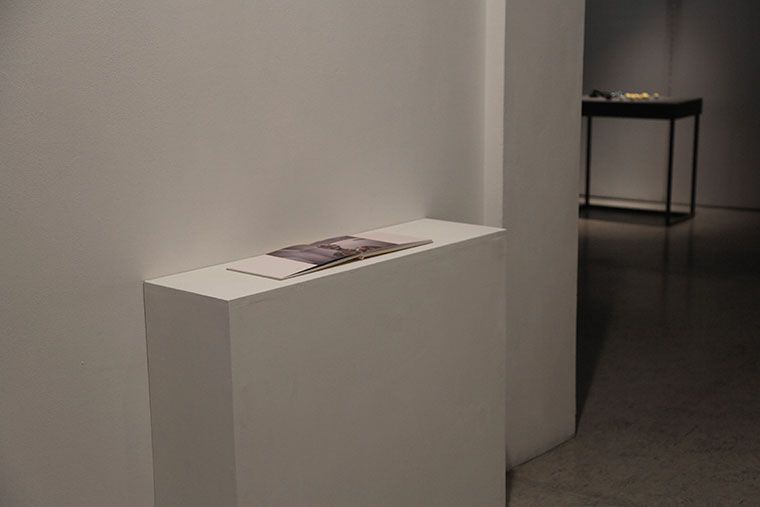
Fell: ATorroDaDaiDO²
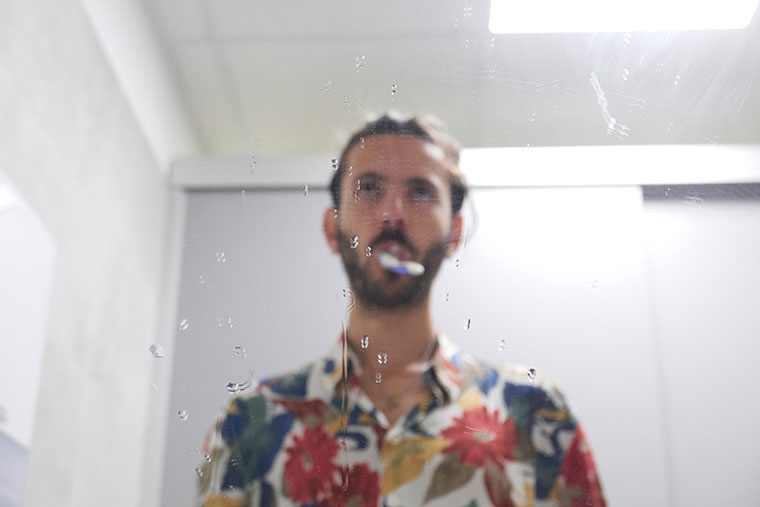
Fell: ATorroDaDaiDO³
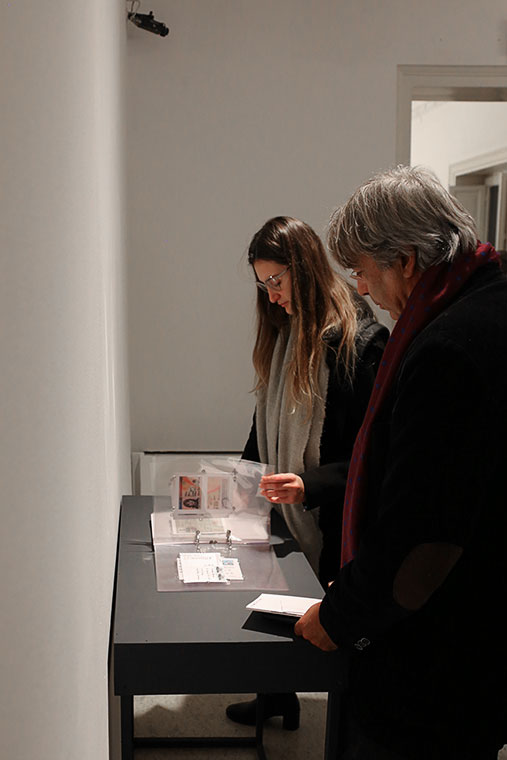
Francesca Raimondo / Bernhard Bormann:
Inside the outside: Willkommen a casa¹
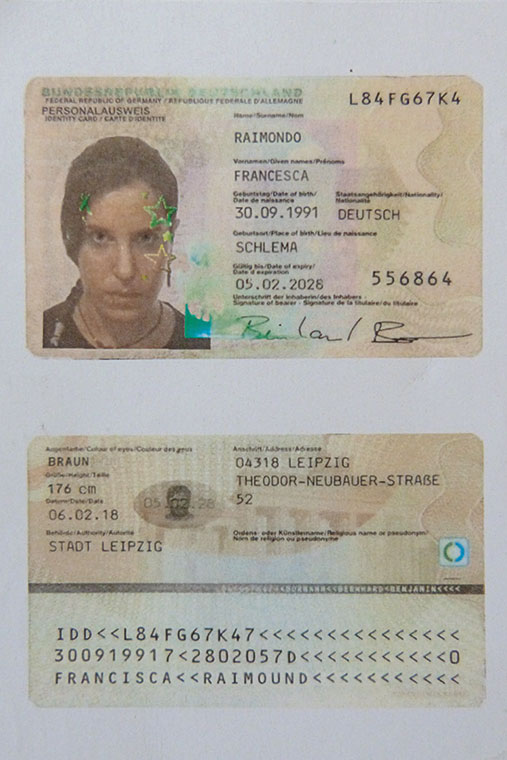
Francesca Raimondo / Bernhard Bormann:
Inside the outside: Willkommen a casa³
Copyright:
¹ Lennard Bernd Becker
² Rosa Persico
³ The artist of the work
⁴ Bernhard Bormann
A project supported by the Department of Communication and Art Teaching of the ABA of Palermo, the German Academic Exchange Service (DAAD) and the Erasmus Programme study grant system.
![]()
Feminist Parties
The Feminist Parties is a series of events initiated by Alba D’Urbano and Tina Bara in connection with the action day #wessenfreiheit. They invite feminist figures of art and culture to present their work and experiences through lectures, work presentations and workshops.
For decades the vast majority of professors and lecturers at the HGB have been white and male, consequently leaving students – many women – with few female role models and hardly any female colleagues with whom they can work. This gap is reflected in the curriculum, where courses on feminism are rarely offered, with the result that important feminist artistic positions are unfamiliar to students.
Those invites are both feminists from the start and those who have subsequently been actively engaged with the concept of feminism and its content in art and society. The event series is interdisciplinary. Faculty and students are encouraged to suggest and invite guests.
Annegret Soltau 2019
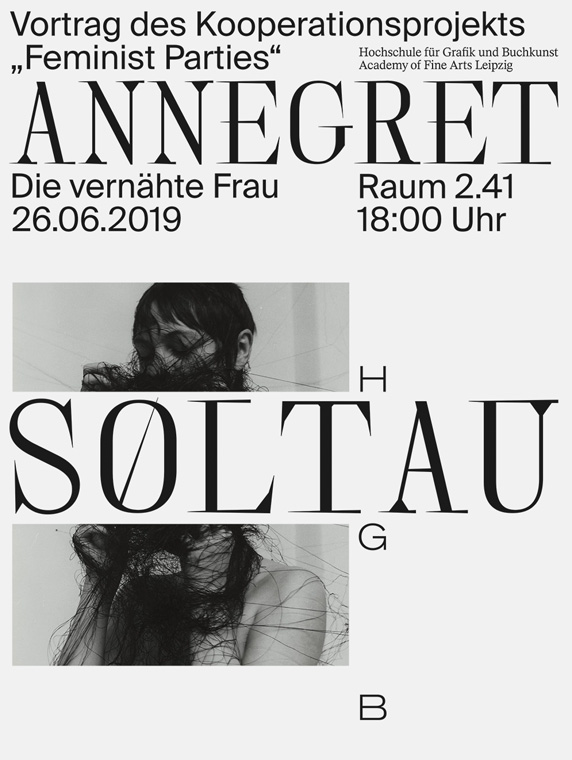
The Sewed Woman- how I found art and it became my destiny
Lecture 26.06.2019, at 18.00, room 2.41
Annegret Soltau is best known for her collages and photo fiber works. As a metaphor for Soltau’s artistic work, the sewn woman stands between approval and rejection, but also indicates very concretely her working method and refers to contents that take up social conditions in different directions.
Annegret Soltau is a member of the Darmstadt Secession, the Photographic Academy in Leinfelden, the German Artists‘ Association, and has taught at the Hochschule für Gestaltung, Offenbach am Main, the Fachhochschule Bielefeld, the Johannes Gutenberg University Mainz, the Hochschule Darmstadt and the International Summer Academy in Salzburg.
1998 Maria Sibylla Merian Prize, Wiesbaden
2000 Wilhelm Loth Prize, Art Prize of the City of Darmstadt
2011 Marielies Hess Art Prize, Frankfurt am Main
2016 Johann-Heinrich-Merck-Award of the city of Darmstadt
Gluklya 2019
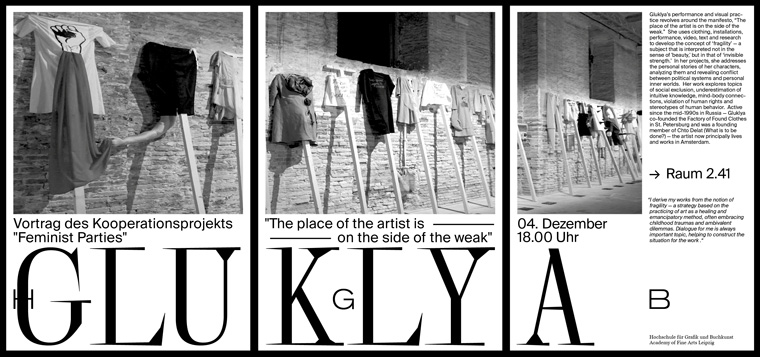
Gluklya’s performance and visual practice revolves around the manifesto, “The place of the artist is on the side of the weak.” She uses clothing, installations, performance, video, text and research to develop the concept of ‘fragility’ – a subject that is interpreted not in the sense of ‚beauty,‘ but in that of ‘invisible strength.’ In her projects, she addresses the personal stories of her characters, analyzing them and revealing conflict between political systems and personal inner worlds. Her work explores topics of social exclusion, underestimation of intuitive knowledge, mind-body connections, violation of human rights and stereotypes of human behavior. Active since the mid-1990s in Russia — Gluklya co-founded the Factory of Found Clothes in St. Petersburg and was a founding member of Chto Delat (What is to be done?) – the artist now principally lives and works in Amsterdam.
I derive my works from the notion of fragility — a strategy based on the practicing of art as a healing and emancipatory method, often embracing childhood traumas and ambivalent dilemmas. Dialogue for me is always important topic, helping to construct the situation for the work.
Gluklya’s (Natalia Pershina-Yakimanskaya) practice contests power structures in public urban space, create Utopian Costumes together with refugees, engages to the talks about justice and its complexity people from very different confessions, drawings spirits of the crazy thinkers, organising protest demonstrations and meditate on the Clothes that overcome it is function and some other things .. She is the co-founder of Factory of Found Clothes and Chto Delat groups. Gluklya uses installations, performance, video, text and research to develop her concept of ‘fragility’–a subject that should be interpreted not in the sense of ‚beauty,‘ but in that of ‘invisible strength.’ In her projects, she addresses the personal stories of her characters, analysing them and revealing the conflict between political systems and a person’s inner world. Her work process is playful and her studio often turns into a meeting place where people work together on conceptualizing clothes and making other useable artistic items. Gluklya’s oeuvre speaks of indignation and hope. She makes us attentive of injustice and she proposes playful ways through which people can resist injustice. Her work points to hidden tactics that people might invent, with the help of the artist, to empower themselves and navigate through structures of repression. During the 56th Venice Biennale, Gluklya presented forty-three ‘Clothes for Demonstration Against False Election of Vladimir Putin (2011-2015)’ in the exhibition ‘All the World’s Futures.’ At 2019 her major research on the condition of refugees staying in the formal prison Bijlmer Bajes in Amsterdam was accomplished by street protest performance and Installation in Vam abbe museum , NL, during Positions -4
Exhibition series SEILAKT (Balancing the Rope) I-VI
July 2019 – July 2021
A two-year exhibition series of the class for Intermedia and Fine Arts in the field of new media art of the HGB in cooperation with the Museum der Bildenden Künste Leipzig.
A space moves between the floors of the museum. Different situations arise in it, connected with the respective people and objects that can be moved by it. In a two-year exhibition series, six artistic positions deal with the floating space.
Mazen Khadaj, Laundry, Performance, Installation
Jens-Martin Triebel, Wir wollten zum Mars und bekamen Twitter (We wanted to go to Mars and got Twitter), Video
Fumi Kato, New Idea, Video
Tina Mamczur, OKAY, Installation
Sten Jackolis & Linus Bonduelle, Robin, Sound
Bernhard Bormann, Die lustigen Gegenleistungen preisen die modischen Ungetümer an (The funny quid pro quos praise the fashionable monsters), Object
Seilakt I
Mazen Khaddaj The Laundry Room, Performance, Installation
The Laundry Room is a multi-channel video installation by Mazen Khaddaj that speaks of spirituality and spiritual awakening. Mazen Khaddaj performs especially for the medium of video. In his installation, inside the passenger elevator of the museum, he carries us from one inner experience to the next.
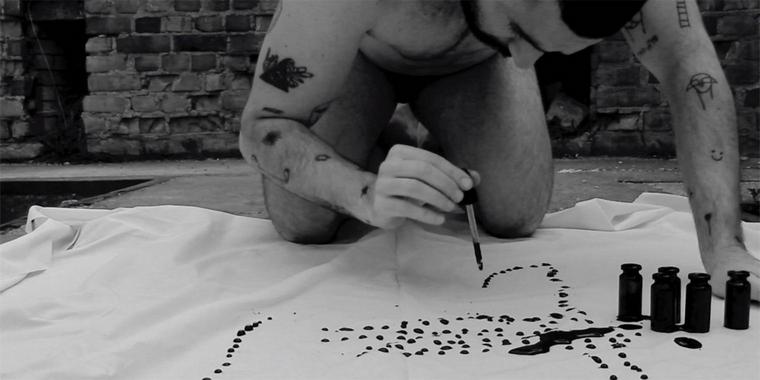
Mazen Khaddaj, DropDrop, Videostill
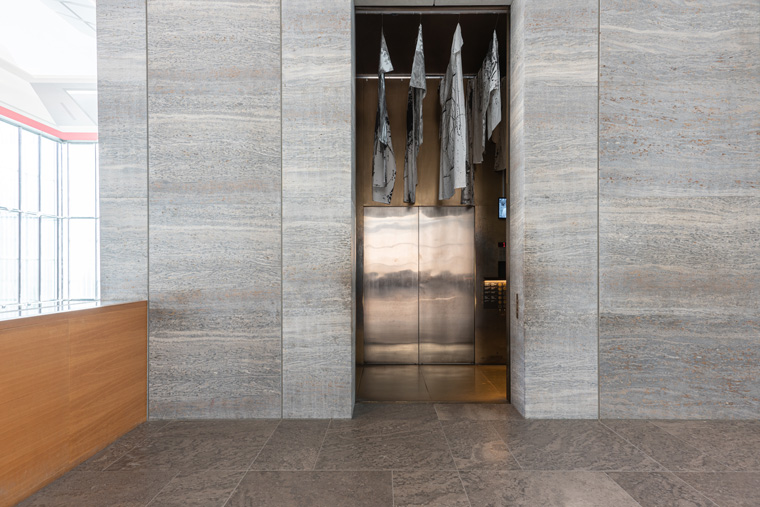
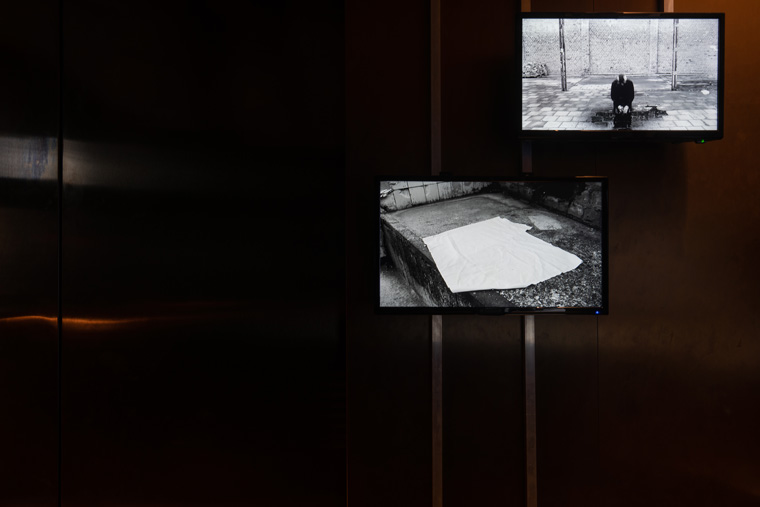
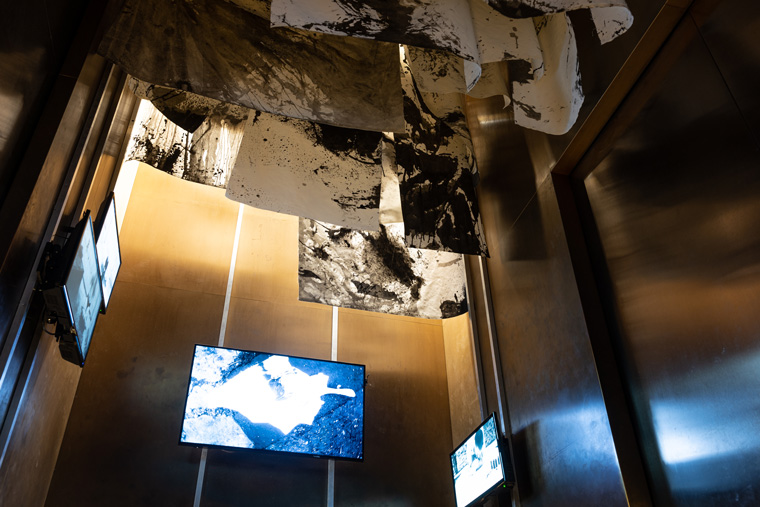
Seiltakt Opening Audience Photo by Stefan Hoyer/Punctum
Underground
Summer semester 2019
A reflection on subversive art practices and self-assertion strategies within the established art system.
For the project, the curator Thibaut de Ruyter was invited in cooperation with Alba D’Urbano and Angelika Waniek to explore this subject.
In the art context the term underground was first used in a programmatic speech by Duchamp in 1961. In the course of the following decades, underground – countercultural tendencies – experienced very different formulations and left deep traces in all areas of cultural action and thought – until today.
The Underground project goes back to the roots of these developments in order to show students alternative possibilities that can be useful for orientation in the current art scene.
What does it mean to professionalize students today in an art academy, to promote self-assertion strategies and to make students fit for competition in the unregulated capitalist art market- as Martin Kippenberger once ironically thought to shape them „in line with market conditions”
The project is supported by the support office of the HGB Leipzig.
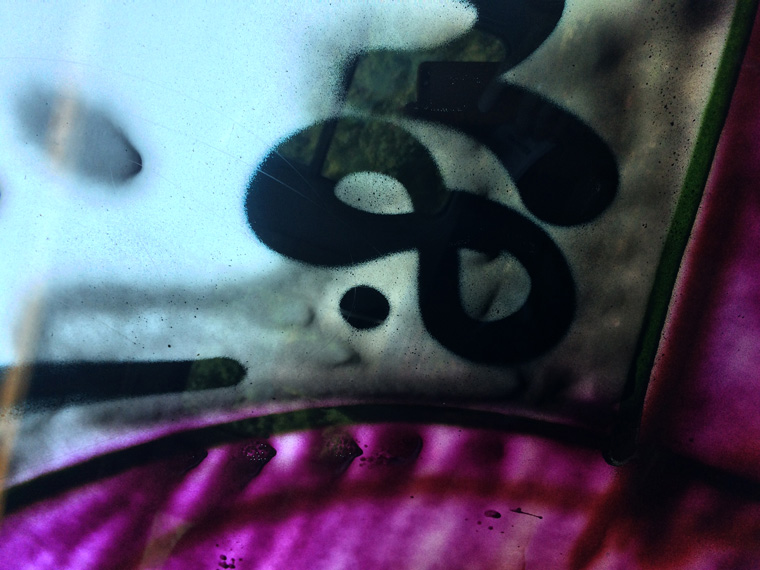
Area, Line, Circle and Cylinder
is an accessible setting of the Intermedia-class by Prof. Alba D’Urbano.
Taking place 21st – 24th of March at the Leipzig bookfair.
project management: Angelika Waniek
concept and realization: Laura Därr, Tina Mamczur, Livius Pápay, Robin Palme, Fellipe Vergani
This year´s trade-show stand of the Academy of Visual Art Leipzig (HGB) is defined by geometric figures on a grey background. On the two-dimensional level, one square and two circles become 3D bodies: Block, ring and cylinder. The HGB nods to the Bauhaus, one might assume. And it affirms a knowledge that remains valid to the present day: man wants and is capable of aesthetic experience. This experience is based on openness, touch and dialogue. The HGB’s 2019 trade fair stand invites visitors to touch and linger.
From the printed word to the instantaneous wiping over the display – from the surface to the volume, the setting gives space and time to the publications and new releases of the departement of book-art that were created last year at the Academy.
